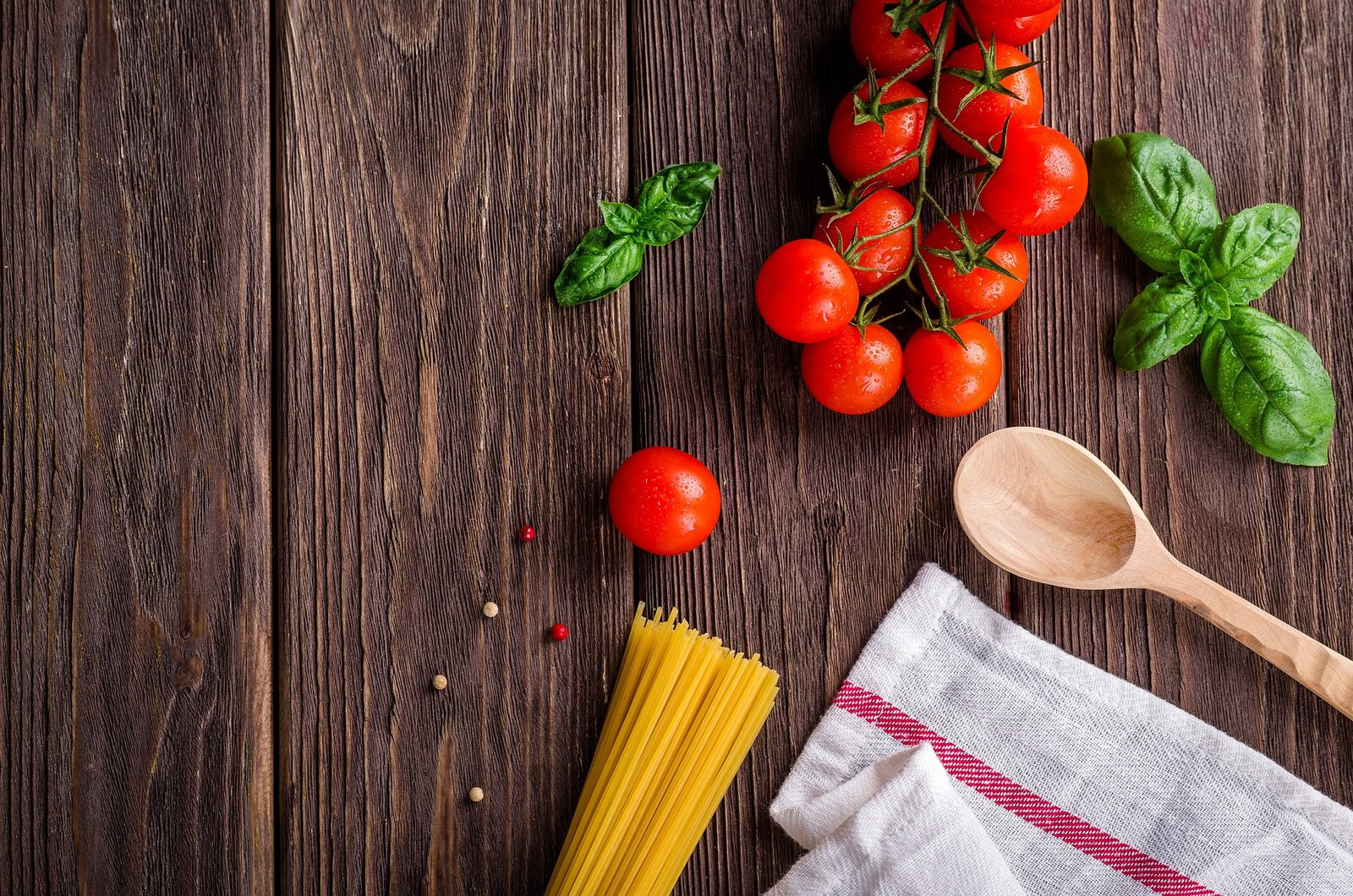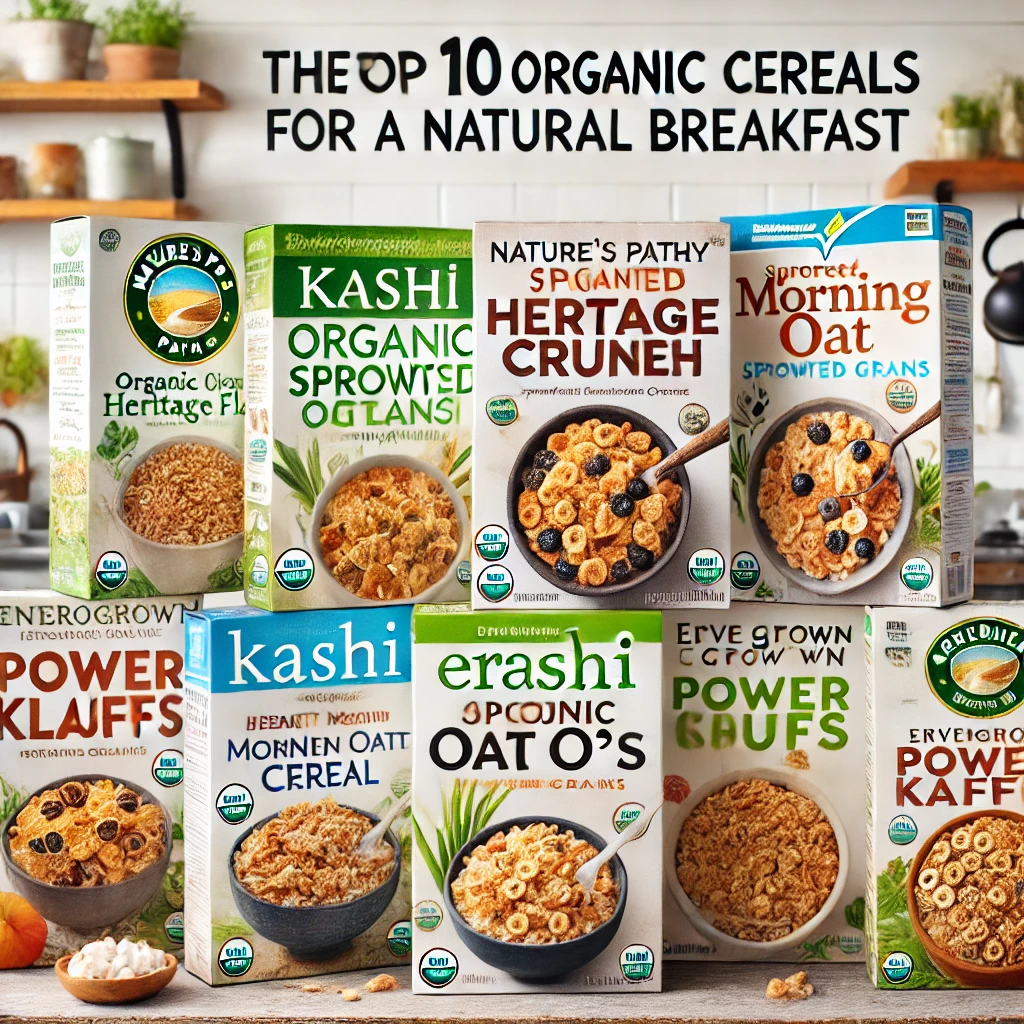In a world where healthy eating often seems synonymous with high costs, the idea of nourishing your body without breaking the bank might appear daunting. However, with the right strategies and a bit of creativity, you can enjoy a nutritious diet while keeping your finances in check. Here’s a comprehensive guide to help you navigate the world of healthy eating on a budget.
Plan Your Meals
One of the most effective ways to eat healthy on a budget is to plan your meals in advance. By creating a weekly meal plan, you can avoid impulsive purchases and reduce food waste. Here’s how to get started:
- Set a Menu: Choose recipes that share common ingredients to maximize your grocery list efficiency. Focus on simple, nutritious meals that don’t require expensive or hard-to-find ingredients.
- Make a Shopping List: Based on your meal plan, write a detailed shopping list and stick to it. This prevents you from buying unnecessary items.
- Batch Cooking: Prepare large portions of meals and store them in the fridge or freezer. This not only saves time but also ensures you have healthy options ready, reducing the temptation to order takeout.
Shop Smart
Where and how you shop can significantly impact your grocery bill. Implement these strategies to shop more economically:
- Buy in Bulk: Items like grains, beans, nuts, and seeds are often cheaper when purchased in bulk. They also have a long shelf life, making them ideal pantry staples.
- Seasonal and Local Produce: Fruits and vegetables that are in season and locally sourced are usually more affordable and fresher. Visit farmers’ markets or join a community-supported agriculture (CSA) program for the best deals.
- Store Brands: Don’t shy away from store-brand products. They often offer the same quality as name brands at a lower price.
- Sales and Coupons: Keep an eye out for sales, discounts, and coupons. Many grocery stores have apps or loyalty programs that offer additional savings.
Prioritize Nutrient-Dense Foods
Focusing on nutrient-dense foods ensures you get the most health benefits for your money. These foods provide a high amount of nutrients relative to their calorie content. Key items to include in your diet are:
- Whole Grains: Brown rice, quinoa, oats, and whole-wheat products are affordable and packed with fiber, vitamins, and minerals.
- Legumes: Beans, lentils, and chickpeas are excellent sources of protein, fiber, and essential nutrients. They’re also very versatile and can be used in various dishes.
- Vegetables and Fruits: Frozen and canned vegetables and fruits (without added sugars or sodium) are cost-effective alternatives to fresh produce and retain most of their nutrients.
- Eggs: Eggs are an inexpensive source of high-quality protein and other essential nutrients.
- Yogurt: Plain yogurt is affordable and nutritious, offering probiotics for gut health. Buy larger containers to save money and add your own fruit or honey for flavor.
Cook at Home
Cooking at home is not only healthier but also more cost-effective than dining out. Here are some tips to make home cooking easier and more enjoyable:
- Simple Recipes: Start with simple recipes that require minimal ingredients and steps. As you become more comfortable, you can experiment with more complex dishes.
- Use Leftovers: Transform leftovers into new meals. For example, roasted vegetables can be added to salads, soups, or omelets.
- Make Your Own Snacks: Prepare your own snacks like trail mix, granola bars, or fruit and nut balls. This is often cheaper and healthier than store-bought options.
Reduce Waste
Minimizing food waste is a critical aspect of eating healthy on a budget. Here’s how to make the most of what you buy:
- Proper Storage: Store food correctly to extend its shelf life. For example, keep grains and beans in airtight containers, and refrigerate or freeze perishable items promptly.
- Repurpose Scraps: Use vegetable scraps to make homemade broth, or compost them if you have a garden.
- First In, First Out: Practice the “first in, first out” method, where older items are used before newer ones. This helps prevent food from spoiling.
Grow Your Own Food
If you have space, consider growing your own vegetables and herbs. Even a small balcony or windowsill can accommodate a few pots of herbs, which can save money and provide fresh, flavorful additions to your meals. Gardening also offers the added benefit of connecting you with nature and providing a sense of accomplishment.
Budget-Friendly Recipe Ideas
To get you started, here are a few budget-friendly recipes that are both healthy and delicious:
1. Vegetable Stir-Fry
- Ingredients: Mixed vegetables (carrots, bell peppers, broccoli, etc.), tofu or chicken, soy sauce, garlic, ginger, brown rice.
- Instructions: Sauté garlic and ginger in a bit of oil, add vegetables and protein, stir-fry until cooked, and serve over brown rice.
2. Lentil Soup
- Ingredients: Lentils, onions, carrots, celery, garlic, canned tomatoes, vegetable broth, spices (cumin, paprika).
- Instructions: Sauté onions, carrots, celery, and garlic, add lentils, tomatoes, broth, and spices, simmer until lentils are tender.
3. Oatmeal with Fruit and Nuts
- Ingredients: Rolled oats, water or milk, fresh or frozen fruit, nuts, honey.
- Instructions: Cook oats in water or milk, top with fruit, nuts, and a drizzle of honey.
Final Thoughts
Healthy eating on a budget is not only possible but also rewarding. By planning your meals, shopping smart, prioritizing nutrient-dense foods, cooking at home, reducing waste, and even growing your own food, you can nourish your body without overspending. Remember, the key is to be resourceful and intentional about your food choices. With these tips and tricks, you’ll be well on your way to a healthier, more affordable lifestyle.












8 thoughts on “Healthy Eating on a Budget: Tips and Tricks”